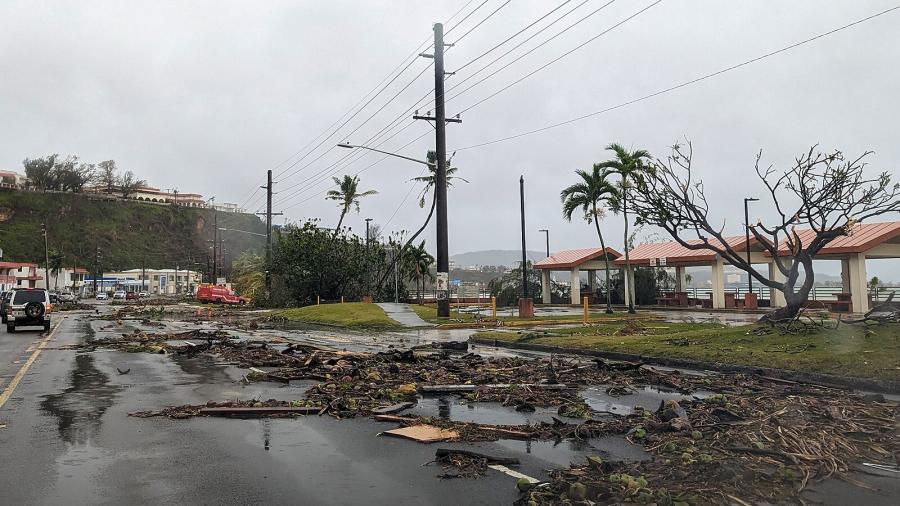From October 10-12th, 1998, the League of Indigenous Sovereign Nations of the Western Hemisphere (LISN) held a conference at Mashpee Wampanoag tribal land in Mashpee, Massachusetts. The conference theme was "Many Nations, But One People."
The first conference on May 27, 1991 was held on Pisataway Nation land in Tayac territory in southern Maryland. This conference was attended by representatives of various American Indian nations from South, Central, and North America and a Declaration of Principles was prepared and ratified by all participants. Currently, there are 15 nations belonging to LISN whose aim is to unite all indigenous peoples of the Western Hemisphere together into one confederation; politically empower its nations as one people; and represent the people of LISN to the international community.
Approximately 150 people attended the conference this year and after several indigenous representatives spoke about issues affecting their peoples, members formed the Human Rights Working Group, the Political and Treaty Rights Working Group, the Communications Working Group, the Religious Freedom Working Group, and the Allies Working Group. Each working group came to a consensus about which issues they would address while still preserving the peace and righteousness already established, as well as the integrity of the people. All working groups must keep the seven generations philosophy in mind (decisions made today should keep in mind the impact of that decision seven generations from now).
The Human Rights working group will support the peoples of Big Mountain in Arizona, where 300 families were recently forcibly removed. They also will support the people of ANIS, (Asociación Nacional Indígena Salvadoreña) who have been threatened in their own country. The Political and Treaty Rights working group will work to acquire international recognition of the League and send representatives to the United Nations to promote cases on political and civil rights. They also resolved to create an International Court of Justice that would address grievances of indigenous nations in the Americas. The Communications working group vowed to improve internal and the external communication and establish a communication network with all people involved in LISN. The Religious Freedom Working Group listed numerous activities they would be working toward, most notably, returning Mount Graham in Arizona, to the indigenous peoples. They will also focus on strengthening the network of Allies and raise $10,000 before the end of this year.
Although many efforts to unite indigenous nations have already been made at an activist level, LISN feels that there should be a formal pact between the various nations. LISN's vision for the future is one where in seven generations (roughly 500 years), indigenous peoples will still be here, healthy in body and spirit, taking care of Mother Earth. This future includes indigenous peoples living on their own lands, in peace and harmony with creation and their relatives, and fully exercising their cultural, spiritual, political, and economic traditions. This will be a future where all parts of Creation will be respected and equal.
Article copyright Cultural Survival, Inc.


